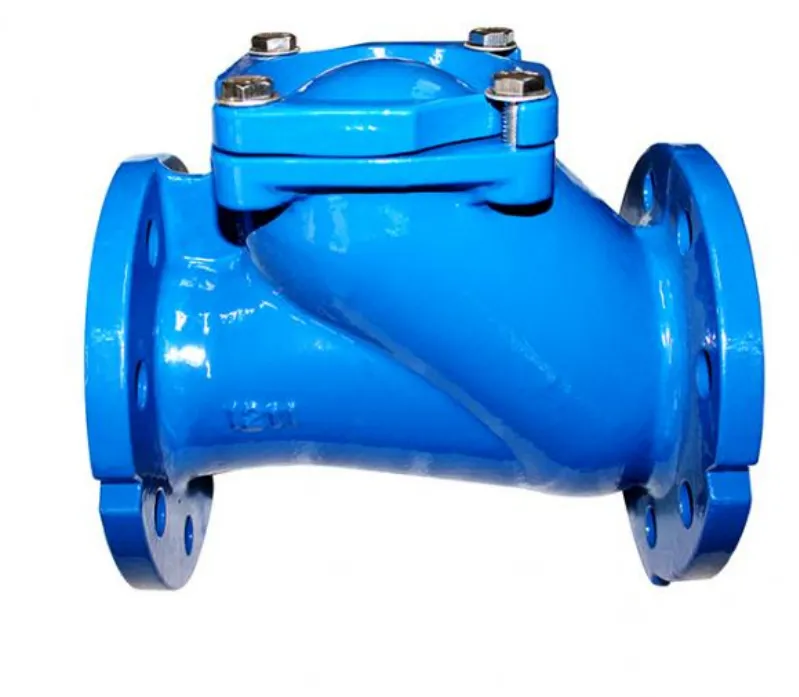Nov . 18, 2024 17:26 Back to list
master ring gage
Understanding Master Ring Gages Precision Tools for Quality Control
In the world of manufacturing, precision and accuracy are paramount. One of the essential tools used to maintain these standards is the master ring gage. This article delves into the importance, application, and calibration of master ring gages, offering insights into why they are crucial for quality control in various industries.
What is a Master Ring Gage?
A master ring gage is a cylindrical tool used to measure the outer dimensions of objects. It is typically made from high-grade steel or carbide, providing durability and resistance to wear. Master ring gages are designed to have a highly precise internal diameter, functioning as a reference standard for checking the dimensions of parts and components in a manufacturing process.
There are generally two types of gages the go gage and the no-go gage
. The go gage is used to check if a part fits within the predetermined tolerances, while the no-go gage ensures that the part does not exceed the maximum allowable size. This dual-functionality makes master ring gages essential in ensuring that parts meet specified tolerances.Applications of Master Ring Gages
Master ring gages find a wide array of applications across various industries, including automotive, aerospace, and medical device manufacturing. In these industries, maintaining tight tolerances is crucial for ensuring the reliability and safety of components. For instance, in the automotive industry, even a slight deviation in the dimensions of engine parts can lead to failures or performance issues. Master ring gages help manufacturers ensure that every part produced meets the required specifications.
master ring gage

Furthermore, these gages are instrumental in production environments where quick inspections are necessary. By using master ring gages, quality control personnel can quickly verify the size of parts, ensuring a streamlined production process and reducing the risk of defective components reaching the market.
Calibration and Maintenance
To maintain their accuracy, master ring gages must be calibrated regularly. Calibration involves comparing the gage against a known standard and adjusting it as needed. This process is typically performed by specialized laboratories equipped with advanced measurement technologies. It is recommended that gages be calibrated at regular intervals, depending on their usage frequency and the critical nature of the measurements being taken.
In addition to calibration, proper maintenance is key to extending the lifespan of master ring gages. This includes routine cleaning to remove contaminants, careful handling to avoid damage, and proper storage to protect them from environmental factors that may impact their accuracy.
Conclusion
Master ring gages are indispensable tools in the manufacturing industry, ensuring that products meet stringent quality standards. Their precision and reliability facilitate efficient production processes, ultimately contributing to the success of manufacturers who prioritize quality control. Understanding the importance, applications, and maintenance of master ring gages is essential for professionals in the field. As technology advances, the role of these gages will continue to evolve, but their fundamental purpose—ensuring precision in manufacturing—will remain unchanged. Investing in high-quality master ring gages and adhering to calibration and maintenance protocols is vital for any organization committed to excellence in production.
-
thread-plug-gauge-our-promise-of-measurement-excellenceNewsAug.22,2025
-
gauge-pin-class-reflecting-quality-legacyNewsAug.22,2025
-
check-valve-types-for-high-rise-buildingsNewsAug.22,2025
-
water-control-valve-for-irrigation-systemsNewsAug.22,2025
-
gate-valve-with-soft-seal-technologyNewsAug.22,2025
-
y-type-strainer-for-oil-and-gas-applicationsNewsAug.22,2025
Related PRODUCTS









